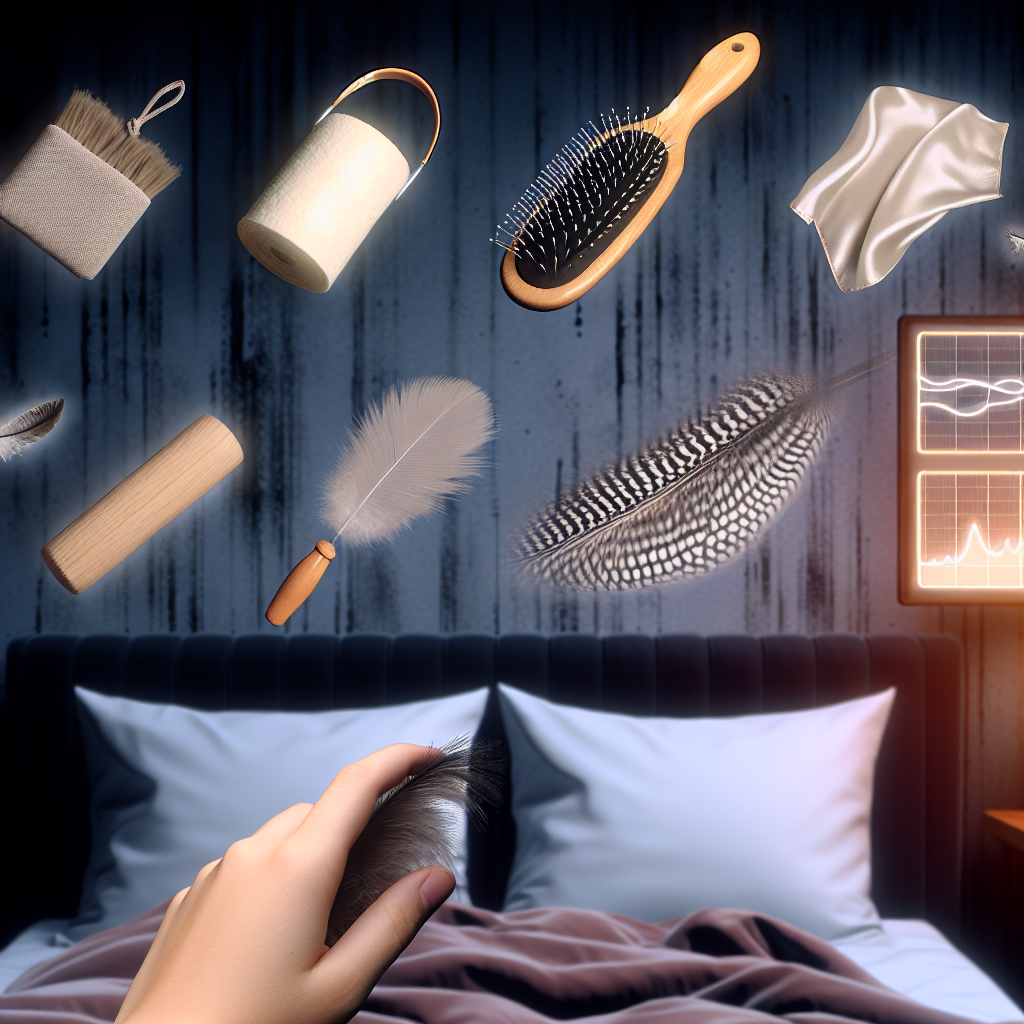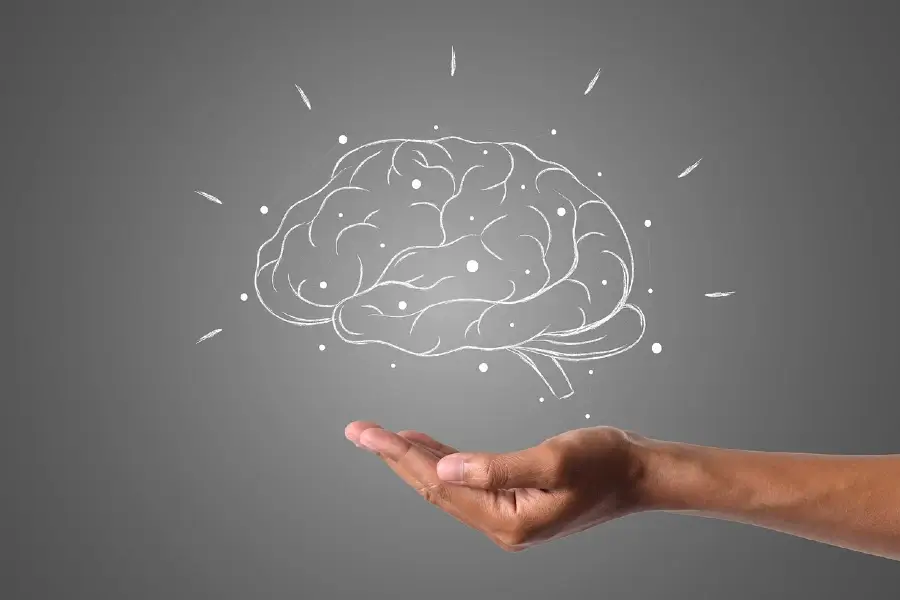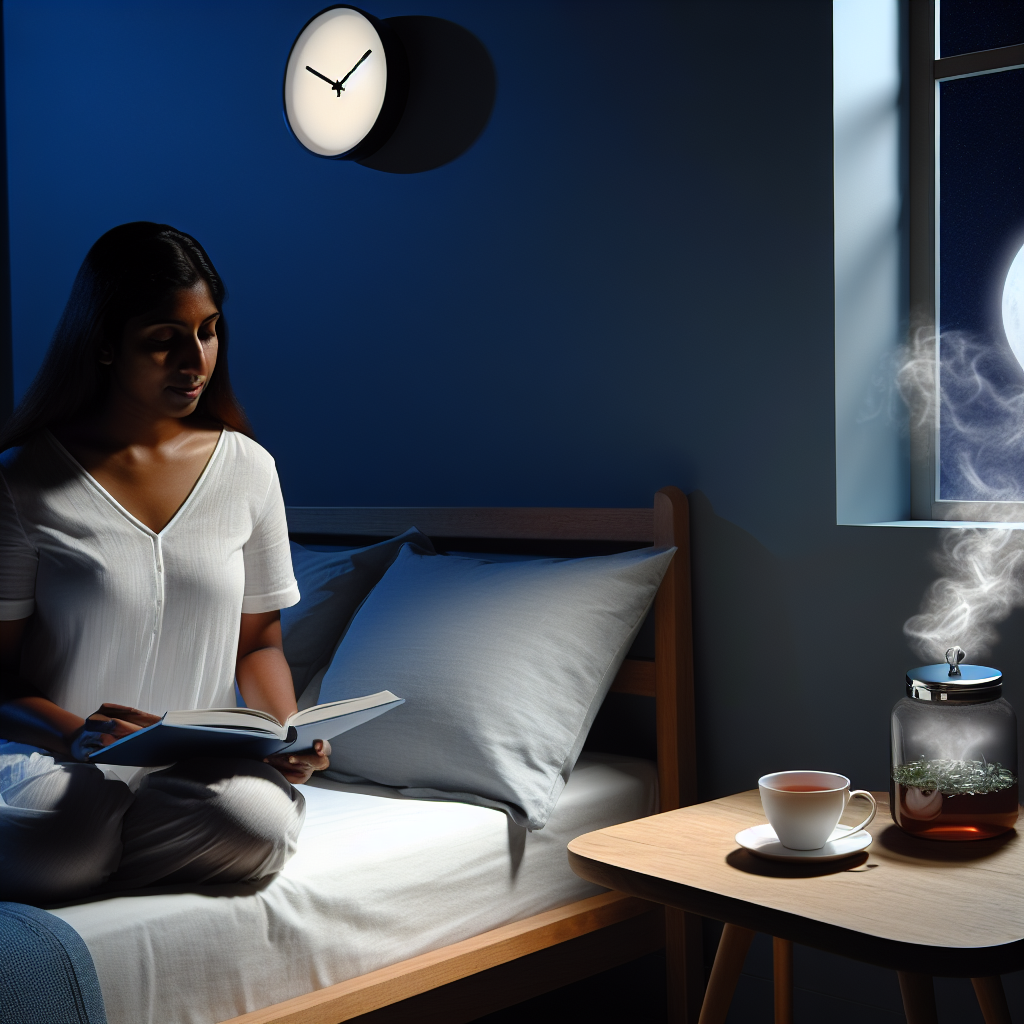ASMR Calibration: Personalized Triggers for Rapid Relaxation and Better Sleep
Introduction: Unlocking Deep Relaxation Through Sensory Precision
In our modern age, sleep disorders and chronic stress have become increasingly prevalent, leading more individuals to seek innovative, drug-free methods to enhance relaxation and sleep quality. One such emerging phenomenon that has garnered significant attention in recent years is Autonomous Sensory Meridian Response (ASMR).
Often described as a tingling sensation that begins on the scalp and moves down the back of the neck and upper spine, ASMR is triggered by specific auditory or visual stimuli. These triggers can include soft whispers, rhythmic tapping, gentle crinkling sounds, and calming personal attention sequences, among others.
ASMR is not just an internet trend or a fleeting digital curiosity—it has captured the interest of neuroscientists, psychologists, and sleep professionals alike. The central premise of ASMR lies in the ability of these sensory stimuli to elicit a relaxing, often euphoric, response in certain individuals. As videos designed to trigger ASMR have spiked in popularity on platforms like YouTube and TikTok, users report benefits such as reduced anxiety, improved mood, and most notably, better sleep.
However, like many sensory experiences, ASMR is not one-size-fits-all. Individual triggers vary widely, and the effectiveness of ASMR appears to be closely tied to personal sensitivities. This brings forth the concept of ASMR calibration: a personalized approach to identifying and fine-tuning one’s unique ASMR triggers to promote rapid relaxation and optimal sleep outcomes.
ASMR calibration involves the purposeful exploration of various trigger types to create a custom sensory toolkit. By understanding which specific sounds, visuals, or scenarios induce the most calming effect, individuals can quickly activate the parasympathetic nervous system—the body’s relaxation response—lowering cortisol levels and preparing the mind and body for restful sleep. For people of all ages and backgrounds, this method offers a natural, highly personalized solution to emotional regulation and sleep enhancement.
This article explores the science behind ASMR, the latest medical findings surrounding its effectiveness for sleep and relaxation, and how you can calibrate ASMR triggers to create a personalized routine for rapid relaxation. Whether you are a seasoned ASMR enthusiast or a curious newcomer seeking tools for better sleep, understanding and utilizing ASMR calibration can be a transformative step in your holistic sleep health journey.
The Science of ASMR: What the Research Reveals
While ASMR remains understudied compared to other therapeutic modalities, an increasing number of peer-reviewed studies validate its impact on mental health and sleep wellness. The driving hypothesis among researchers is that ASMR can modulate neural and physiological responses similarly to traditional relaxation techniques.
A 2018 study published in PLOS ONE, “Autonomous Sensory Meridian Response (ASMR): A flow-like mental state,” found that individuals who experience ASMR show significant reductions in heart rate while watching ASMR videos, suggesting a shift toward parasympathetic nervous system dominance, which is essential for rest and digestion. This biological shift supports reports of stress relief and relaxation, especially before bedtime.
In another study featured in the journal PeerJ, researchers examined the neurological origins of ASMR through fMRI imaging. The study revealed atypical connectivity patterns in ASMR-sensitive participants, particularly in brain regions linked to emotional arousal and sensory processing, such as the medial prefrontal cortex and nucleus accumbens. These findings suggest a neural predisposition in some individuals to experience ASMR, providing a partial explanation for why some people benefit substantially from ASMR triggers while others do not.
Furthermore, in a 2020 survey conducted by Northumbria University, over 80% of regular ASMR content consumers reported using it as a sleep aid. Many participants claimed that ASMR helped them fall asleep faster, reduced the time it took to unwind after stressful events, and improved overall sleep quality.
ASMR Calibration: Tailoring Triggers to Your Sensory Blueprint
The concept of ASMR calibration gains further support from findings in neuroscience and cognitive behavioral therapy (CBT). Tailoring therapeutic approaches to individual sensory preferences enhances outcomes—a principle now applied to ASMR-based interventions. Just as CBT can be customized to target specific thought patterns, ASMR calibration leverages neuroplasticity by reinforcing sensory environments that foster positive emotional states.
Calibrating ASMR involves a mindful exploration of triggers, such as:
- Auditory cues: whispering, tapping, page turning, brushing sounds
- Visual stimuli: hand movements, close-up attention, kinetic sand manipulation
- Roleplays: personal attention, guided meditation, spa visits
- Environmental sounds: rain, ocean waves, rustling leaves
By intentionally consuming a diverse range of ASMR content and noting how each one affects your physical and emotional responses, you can craft a personalized ASMR playlist or routine that quickly elicits relaxation and sleepiness. Some users even note the utility of pairing ASMR sessions with daily wind-down rituals such as aromatherapy, journaling, or deep breathing for enhanced effect.
Clinicians and sleep therapists are beginning to recognize ASMR’s potential as a supplementary treatment for insomnia, especially in populations resistant to pharmaceutical options. It holds particular promise for individuals with anxiety-induced sleeplessness, sensory processing sensitivities, and children or adolescents with difficulty settling into bedtime routines.
ASMR’s accessibility—free content, widely available digital platforms, and zero adverse side effects—makes it an appealing addition to holistic wellness plans.
Conclusion: Designing Your Personal ASMR Sleep Toolkit
As sleep disruption and chronic stress continue to affect individuals across all age groups, the search for natural, customizable solutions has never been more critical. ASMR calibration offers an accessible, deeply personal method to tap into one’s innate system of relaxation through sensory engagement. By identifying and fine-tuning unique ASMR triggers—whether it’s the sound of gentle rain, a whispered voice, or the soft crinkle of paper—we can activate our body’s relaxation response swiftly and effectively.
Medical studies increasingly support the potential of ASMR to reduce anxiety, lower heart rate, and improve sleep quality. Through a process of trial, observation, and optimization, individuals can harness the full power of ASMR to build a functional, personal toolkit for better mental and sleep health.
In a digital age filled with visual and auditory noise, the mindful use of calming stimuli offers a compelling antidote to stress. As we continue learning more about the science behind ASMR, its role in personalized sleep therapy is poised to expand. Whether you are dealing with occasional restlessness or chronic insomnia, exploring and calibrating your own ASMR profile could be a gentle yet powerful step toward deeper, more restorative sleep.
References
- Fredborg, Beverley, Kirk, and Amanda. “An Examination of Personality Traits Associated with Autonomous Sensory Meridian Response (ASMR).” PLOS ONE, 2017.
- Smith, Stephen D. et al. “An fMRI investigation of the neural correlates underlying the autonomous sensory meridian response (ASMR).” PeerJ, 2019.
- Poerio, Giulia L., et al. “More than a feeling: Autonomous Sensory Meridian Response (ASMR) is characterized by reliable changes in affect and physiology.” PLOS ONE, 2018.
- Northumbria University. “ASMR Helps People Sleep, Eases Insomnia and Reduces Anxiety.” 2020.
Concise Summary:
ASMR, or Autonomous Sensory Meridian Response, is an emerging phenomenon that can induce a calming, tingling sensation and has been shown to improve sleep quality and reduce anxiety. ASMR calibration is the process of identifying and fine-tuning one’s unique ASMR triggers, creating a personalized toolkit for rapid relaxation. By exploring various auditory, visual, and environmental cues, individuals can harness the power of ASMR to enhance their sleep health and well-being.

Dominic E. is a passionate filmmaker navigating the exciting intersection of art and science. By day, he delves into the complexities of the human body as a full-time medical writer, meticulously translating intricate medical concepts into accessible and engaging narratives. By night, he explores the boundless realm of cinematic storytelling, crafting narratives that evoke emotion and challenge perspectives.
Film Student and Full-time Medical Writer for ContentVendor.com




